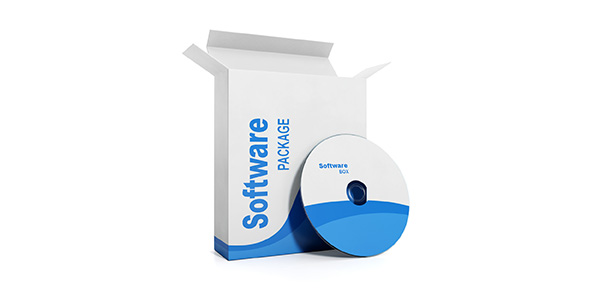Related Flashcards
Related Topics
Cards In This Set
| Front | Back |
|
6 steps risk management process
|
1 identifying loss exposures 2 analyzing
3 examining the feasibility of techniques
4 select techniques 5 implementing 6 monitoring
|
|
Risk Control a conscious act or decision not to act that
|
Reduces the frequency and severity of losses or makes them more predictable.
|
|
Risk Control preserves resources by
|
Focusing on actual harm, not with the fact that it has been financially mitigated.
|
|
Risk control measure can be measured
|
From the perspective of the entity it is applied to.
|
|
Risk Control measure needs to be matched to
|
One or more specific loss exposures.
|
|
5 theories to accident causation
|
Domino General methods of control stresses Energy transfer theory
Technique of Operations Review TOR
Safety System Approach
|
|
Domino theory
|
An accident is the end result of a chain of factors
|
|
General methods of control
|
Stresses unsafe conditions cause accidents more than unsafe acts
|
|
Energy transfer theory
|
Accidents are energy that is released and its affects.
|
|
Technique of Operations Review TOR
|
Accidents are the result of management’s shortcomings
|
|
Safety System Approach
|
Every organization every operation within organization and the economy as a whole is a system of interrelated components.
|
|
Diversification
|
Spreads loss exposures over numerous projects products markets regions
|
|
4 primary factors to risk control COPE
|
C construction
O occupancy
P protection
E external environment
|
|
Characteristics of folks in a building and their susceptibility to fire
|
Age
|
|
Characteristics of folks in a building and their susceptibility to fire
|
Mobility
|




